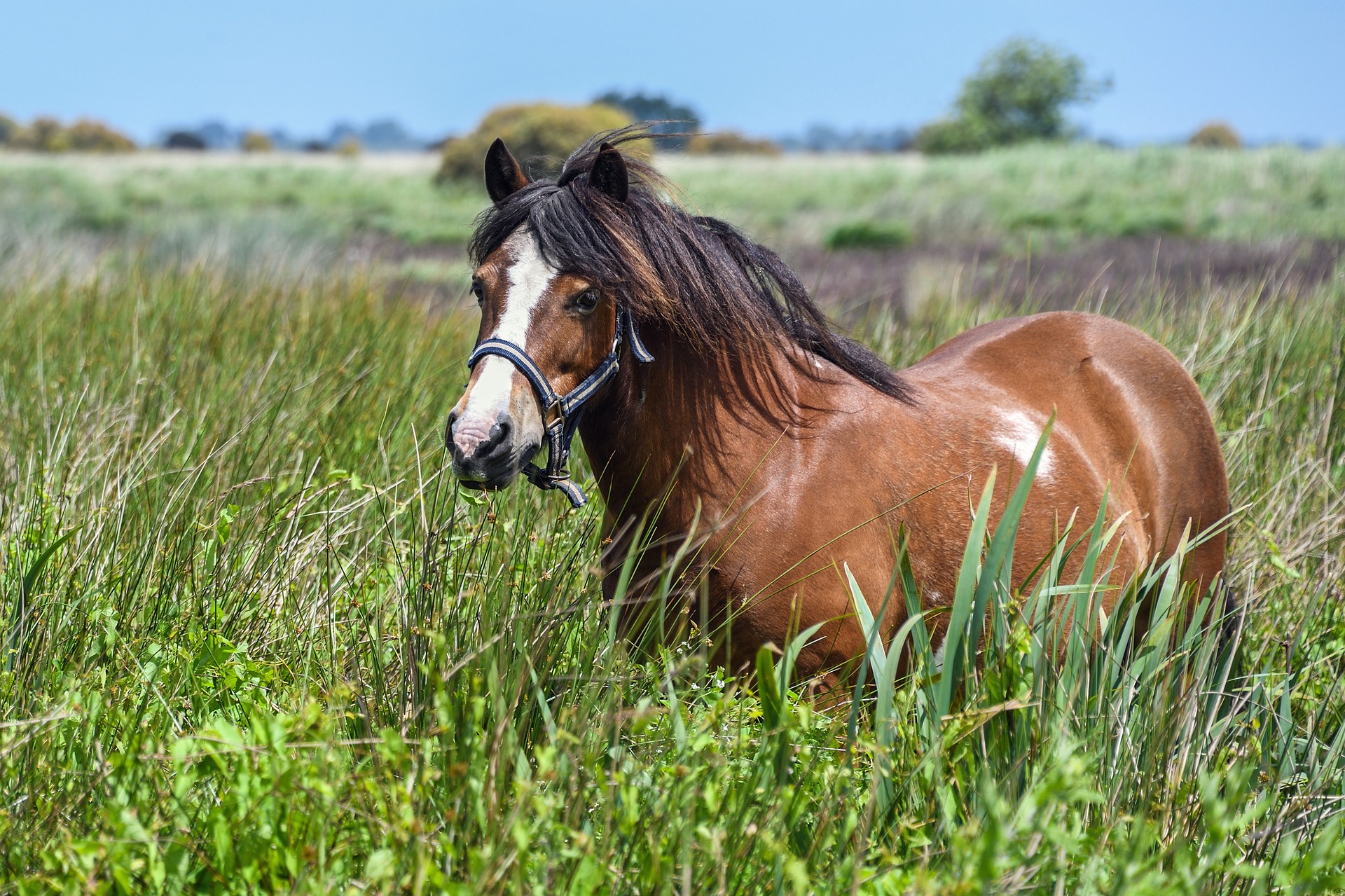 By Dr. Allison Hartman Laminitis has been a bane of horseman and farriers since the horse was first domesticated. As our medical knowledge and diagnostic abilities have evolved, so has our understanding of the contributing factors of this disease process,...
By Dr. Allison Hartman Laminitis has been a bane of horseman and farriers since the horse was first domesticated. As our medical knowledge and diagnostic abilities have evolved, so has our understanding of the contributing factors of this disease process,...
 By Dr. Shane Baird After weeks of searching, you have finally found the right horse. He’s everything you’ve ever wanted. What now? A veterinary pre-purchase exam should be the next thing on your mind! At a minimum, an active and passive exam by an equine...
By Dr. Shane Baird After weeks of searching, you have finally found the right horse. He’s everything you’ve ever wanted. What now? A veterinary pre-purchase exam should be the next thing on your mind! At a minimum, an active and passive exam by an equine...
 By Dr. Shane Baird Since the early 1900’s, ultrasound technology has been used to visualize the invisible, detecting everything from metallurgical flaws to human gall stones. Today, in veterinary medicine we routinely use ultrasonography in various applications, as...
By Dr. Shane Baird Since the early 1900’s, ultrasound technology has been used to visualize the invisible, detecting everything from metallurgical flaws to human gall stones. Today, in veterinary medicine we routinely use ultrasonography in various applications, as...
 Laminitis is a word that no horse owner ever likes to hear, but if you’ve owned a horse long enough, there is a decent chance that you, at some point, have dealt with a laminitic horse. Lamin-what? First, let’s go over some very quick and basic hoof anatomy. The...
Laminitis is a word that no horse owner ever likes to hear, but if you’ve owned a horse long enough, there is a decent chance that you, at some point, have dealt with a laminitic horse. Lamin-what? First, let’s go over some very quick and basic hoof anatomy. The...
 From biomechanical restrictions to the disruption of neurological transmissions. With MVS now offering chiropractic services, you may be wondering what, exactly, equine chiropractic entails and how it can help you horse. We’re introducing a new series of blog posts...
From biomechanical restrictions to the disruption of neurological transmissions. With MVS now offering chiropractic services, you may be wondering what, exactly, equine chiropractic entails and how it can help you horse. We’re introducing a new series of blog posts...








